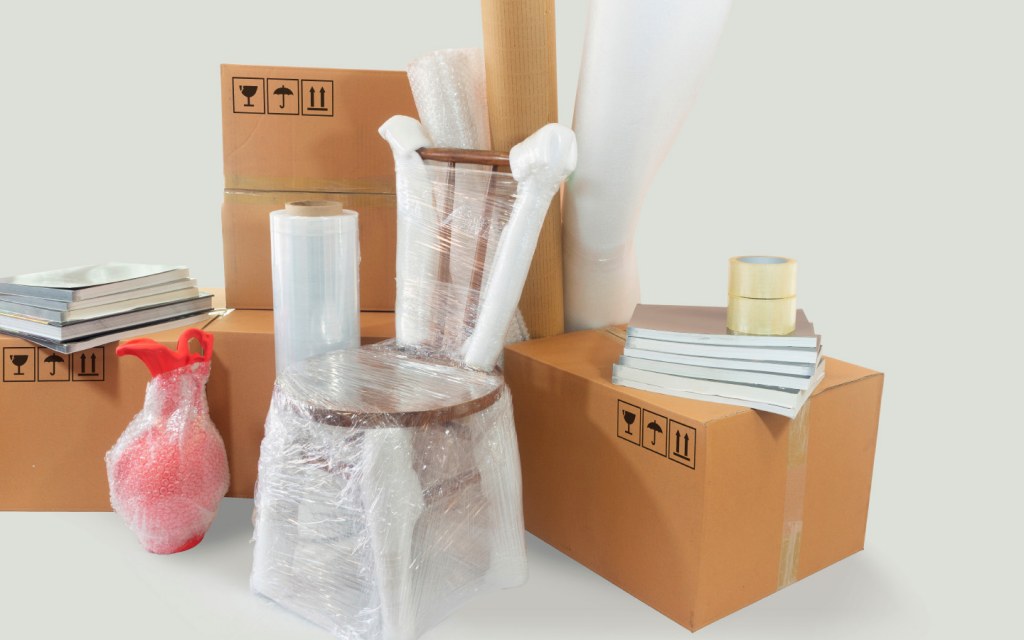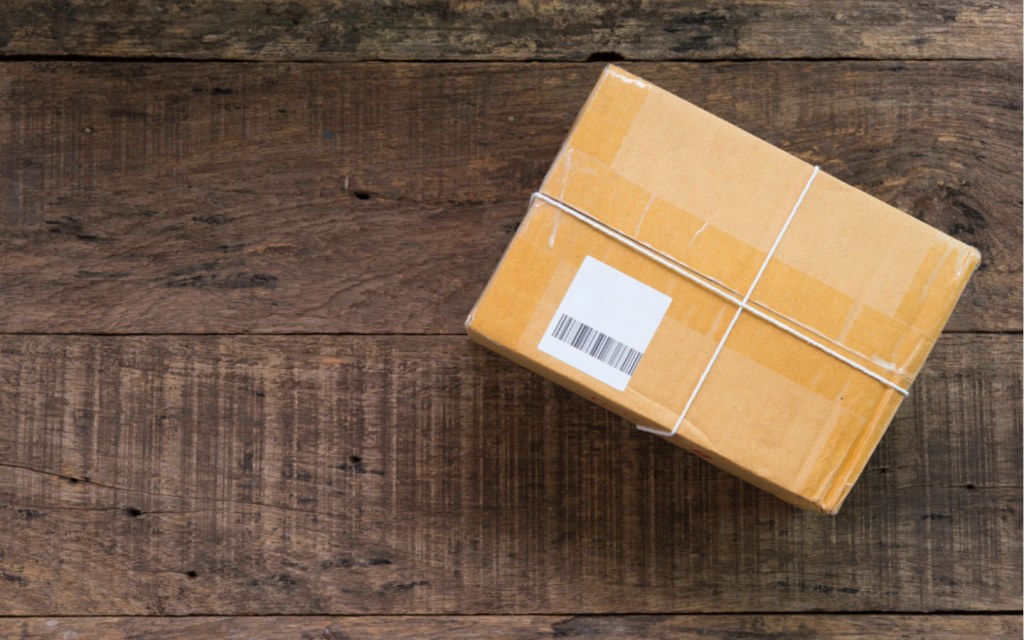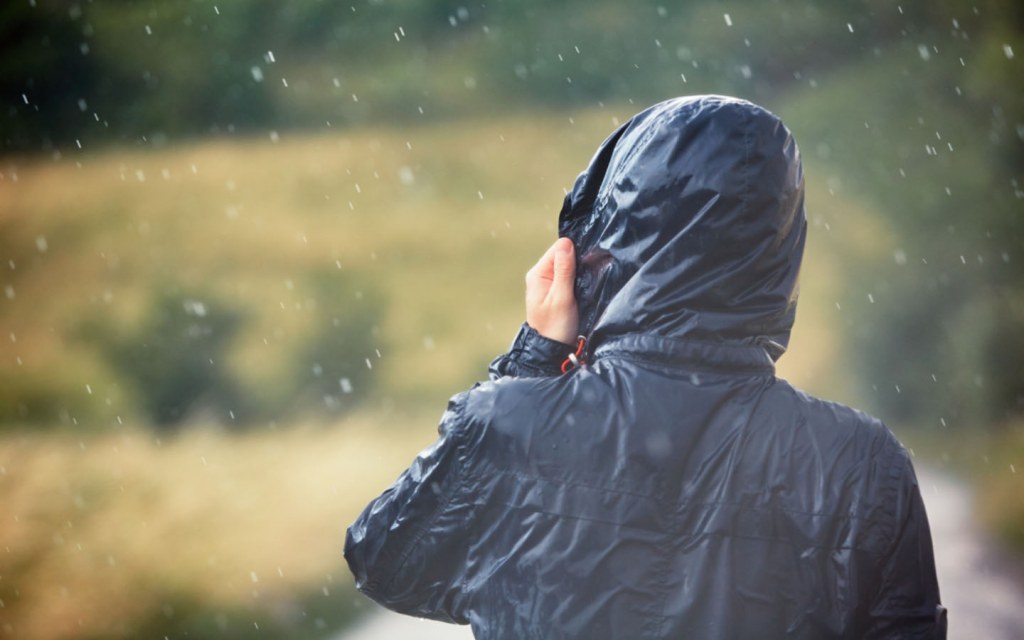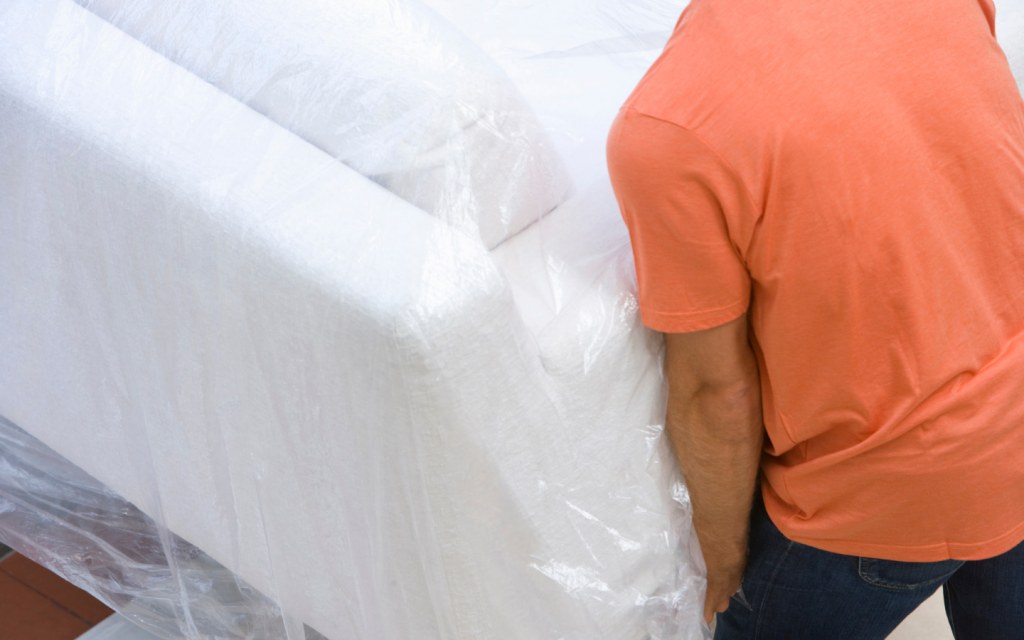If you’ve finally bought a new place or have decided to move out of your current rental to the next one, you know there’s a lot to be done before the moving day. While a moving-out checklist can help you move from your current residence seamlessly, there are a number of critical mistakes to avoid when moving homes.
One way to reduce the hassle of a move is to check the weather forecast in advance and to plan the move accordingly. However, what if that’s not an option? What if you have to vacate the premises on that very day? If you’re moving homes on a rainy day, how should you go about it?
A family residence is generally filled with a long list of things that are fragile or prone to water damage. So, how should you protect your belongings while moving homes during the monsoon season? Let’s find out.
Essential Tips for Moving Homes in the Rain

When you’ve planned to move to a new home on a certain day, unexpected rainy spells can undoubtedly put a damper on your entire plan. You might be required to vacate the premises on that very day as per your tenancy agreement, or the new owners might be moving in the next day, giving you no chance to delay the move. It’s at times like these when moving in the rain is the only option you are left with.
You don’t need to fret though, because if it’s done right, moving in the rain can be a smooth process. You will just need to take some extra precautions to make it happen. Here are nine tips that can help you protect your belongings from the rain and make the move smoother:
1. Cover All Fragile Items with Plastic before Packing

We usually recommend packing well in advance before the moving day, but in this case, if a sudden downpour greets you first thing in the morning, you might want to reconsider your packing methods. If you’ve packed all your boxes and labelled them properly, this task becomes a whole lot easier. Labelling boxes beforehand will help you determine which boxes contain fragile things that might get damaged in the rain. Books, small appliances, important documents, and clothes are some things that are prone to water damage.
Open up the relevant boxes, pack all sensitive items using plastic bags or shrink-wrap as waterproofing, and put them back into the box. It would be best to mark the box with a “Do Not Get Wet” label as well.
2. Use Heavy Duty Moving Boxes

Cardboard boxes can get worn after excessive use, making them prone to tears and breakage. Waterlogged cardboard will also refuse to hold any weight, which makes it necessary to protect the boxes from water. One way to protect your belongings from the rain while you move to a new home is to reinforce the cardboard boxes and make them sturdier as well as waterproof using packing tape on the sides, corners, and the bottom and top openings.
However, it is always recommended to use new cardboard boxes for the move, especially in bad weather, as they will be more durable. Alternatively, you can consider using large plastic boxes for your move, which will keep all your belongings dry and safe from water damage.
3. Choose a Truck with a Covered Cargo Area
This is one mistake many of us commit unknowingly since it rarely rains in most parts of Pakistan throughout the year. However, if you know that a storm system is brewing or have woken up to cloudy grey skies, don’t take the risk of damaging your possessions. If moving homes on a rainy day is the only option available, call the driver whom you have hired for the move and ask them to either bring a covered vehicle or to use a tarp to cover the cargo area of the truck. Doing this will ensure that you don’t end up damaging your belongings during the move.
4. Park the Moving Truck as Close to the House as Possible
Moving in the rain means transferring boxes from the house to the truck and from the truck to the new residence. The only way to avoid excessive water damage is to make the transition as quick and as smooth as possible. For this, you need to ensure that the truck is parked as close to the gate as possible so that you do not have to carry boxes for a long distance under a pouring sky to the truck.
5. Place Mats and Towels at the Entrance to Avoid Tracking Mud into the House

Muddy shoes and dripping clothes will leave both houses in a mess if you’re not careful. When you’re taking stuff out of the old home, place tarps, towels, or cardboard pieces at the entrance to not track mud all over the house. Do the same at the new place. In addition, avoid moving throughout the new house in wet shoes and clothes. Use the room that is closest to the entrance to stack all your moving boxes and organise them when you’ve dried off.
6. Opt for a Rain Jacket to Stay Dry

The fact that you’ll be getting wet and muddy brings us to this point. While you can always use an umbrella to stay dry, it will be hard to carry boxes with both hands if you’re holding onto an umbrella. This is why you should opt for a rain jacket or a raincoat. The garment might not protect you entirely, but it will at least prevent you from getting drenched and catching a cold in the rain.
7. Move Water-Resistant Belongings First
Check the weather forecast and even if you see no signs of the rain letting up, give it a chance to slow down to a drizzle. Move your sturdier and water-resistant belongings in the meantime. This will give you an opportunity, however brief, to move water-sensitive items to the truck during a lull in the downpour.
8. Protect Your Furniture Using Tarps

Many people cover their furniture for a move with sheets of cloth, but you’re going to need more than that if you are moving in the rain. Use tarps, plastic sheets, shrink-wrap, or any other waterproofing material that you can find at your disposal to cover and protect your furniture. Wooden pieces will rot, metal parts will rust, and leather covers will stain unless appropriately protected from the rain.
9. Unpack Damaged Boxes Quickly after the Move
The move’s finished, you’ve had a hard day of labour, and all the boxes are now safely located in your new house. Now, you probably want to relax and take a breather, but guess what? The work’s not over yet. Once all your belongings are transferred, you should recheck the packaging and determine if any of the boxes have suffered water damage. If that’s the case, unpack those boxes as soon as all of your possessions are loaded off the truck so that the items stored inside do not sustain water damage due to prolonged contact with the wet and soggy cardboard.
Use these tips for moving homes on a rainy day without causing damage to your belongings. If you are moving homes with a baby in tow, there are some additional precautions and steps that you should take as well. Meanwhile, don’t forget to check out tips on how to stay safe during the rainy season.
Stay tuned to Zameen Blog for more moving tips. You can also email us at blog@zameen.com to share your comments and queries.



